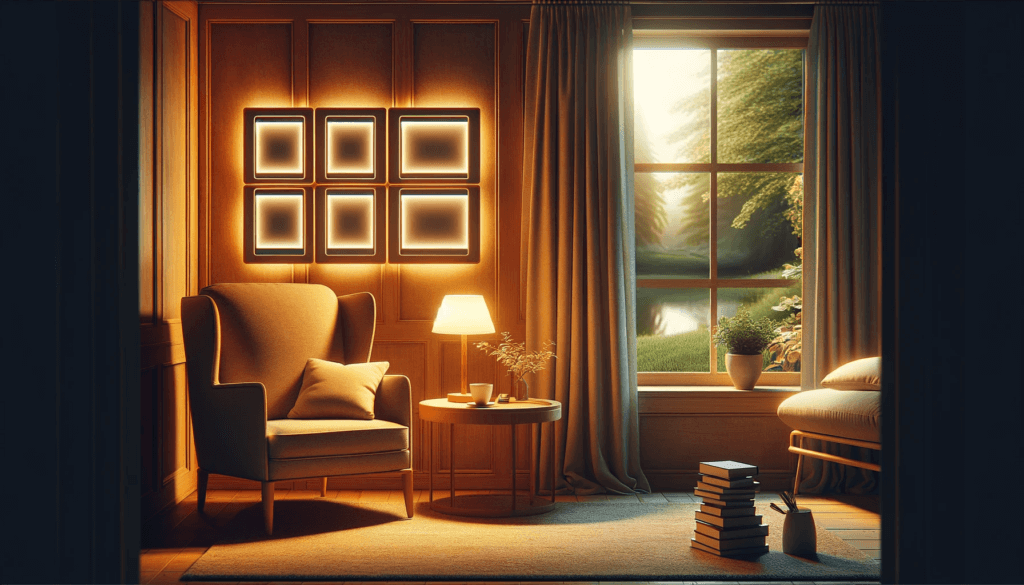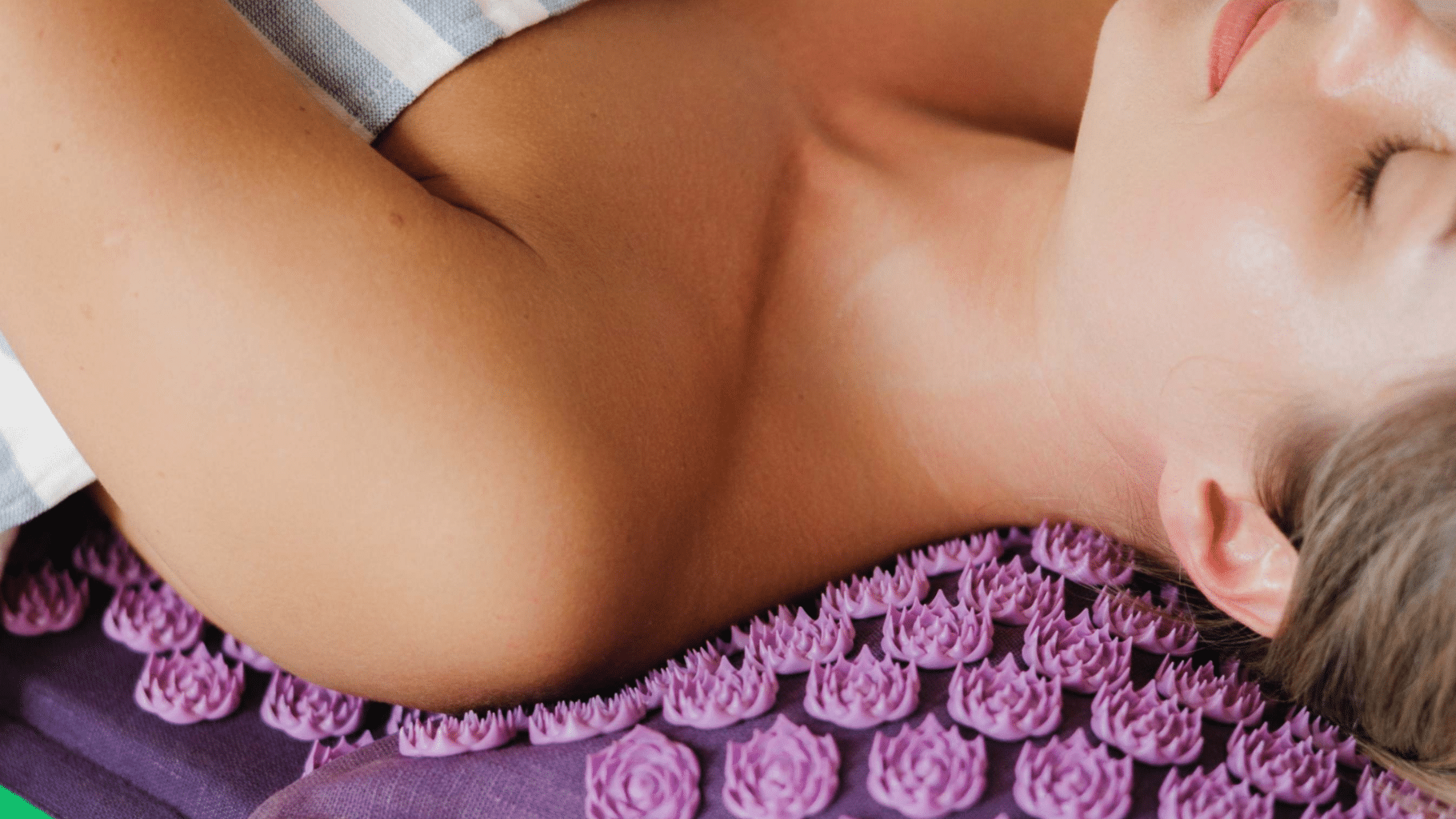Chronic stress has become pervasive in our tech-driven, fast-paced world. But what if we explored how our ancestors maintained tranquillity? By adopting lifestyle practices aligned with our evolutionary past, we can rediscover natural stress resilience.
This article examines paleo stress management techniques, distills them into an initial “3D” framework, and guides thoughtfully incorporating select approaches into modern life.
The science of stress and its impact on our bodies
Stress triggers our body’s automatic “fight or flight” response. While beneficial in dangerous situations, chronic stress impairs health and can lead to issues like headaches, insomnia, heart disease, and depression.
Interestingly, environmental factors greatly impact stress levels. What natural elements allowed our ancestors to remain calm and collected? Let’s explore the techniques they employed.
Introducing the 3D’s: An ancestral stress relief entry point
The essence of paleo stress management is aligning environments and lifestyles with our evolutionary past. While we can’t fully replicate the past, we can adopt key practices that are balanced and sustainable.
As an initial entry point, I recommend the “3D’s” framework:
- Detach – Unplug from digital devices and distractions for set periods.
- Delight – Immerse in activities that spark joy and creativity and engage your senses.
- Develop – Invest time in fostering deeper human connections.
The 3Ds help you start disconnecting from stressors and connecting with natural sources of joy and renewal. Be patient with yourself, start small if needed, and build up from there.
Detach: Creating tech-free zones
The first step in mindful disconnection is detaching from digital devices for designated periods to rest our overwhelmed brains. Start by analyzing when you most need relief from tech and possible timeframes for unplugging. Common examples include:
| Technique | Description |
| Weekend digital detoxes | Unplug entirely for a day or an entire weekend to reset. Turn off notifications and avoid screens. |
| Mini-breaks during the day | Even short 15–30-minute tech breaks boost mental clarity. |
| Device curfews | No screens for 1-2 hours before bed for better sleep. |
| Tech-free mealtimes | Focus on food and companions vs. scrolling. |
| Analog mornings | Delay checking devices until after morning routines like exercise or journaling. |
| Screen-free time chunks | 2–3-hour windows on weekends for hobbies, chores, etc. |
When detaching, physically put devices away and out of sight if possible. Also, adjust settings like turning off push notifications. Though initially challenging, you’ll notice the benefits quite quickly, feeling more centered, focused, relaxed, and engaged with your surroundings.

Delight: Discovering joy in the off-line world
The second “D” involves delighting in screen-free activities that bring joy, spark creativity, and engage your senses. After detaching from tech, fill that time with offline practices that nourish you. Ideas include:
| Activity | Description |
| Reading books | Fiction, non-fiction, poetry, whatever transports you. |
| Being in nature | Forest bathing, gardening, hiking, sitting by water. |
| Socializing offline | Wandering new neighborhoods, trying hole-in-the-wall eateries. |
| Exercising | Yoga, running, dance classes, sports, etc. |
| Cooking/baking | Without simultaneously watching videos! |
| Arts and crafts | Knitting, pottery, calligraphy, instruments, etc. |
| Practicing mindfulness | Meditation, deep breathing, and journaling to declutter thoughts. |
| Exploring freely | Wandering new neighbourhoods, trying hole-in-the-wall eateries. |
| Volunteering locally | At animal shelters, food banks, museums, and libraries. |
| Rejuvenating retreats | Weekend getaways and trips abroad to fully immerse in new places. |
The key here is following your joy and intuition. Dedicate these tech-free times to activities that spark that childlike sense of wonder and presence. Not only will you feel re-energized, but you’ll gain fresh perspectives that boost creativity.

Develop: Investing in relationships
The final “D” involves intentionally developing deeper connections with important people in your life, free of digital distractions. Human relationships energize us, yet devices often crowd out quality time together. After detaching from tech, invest that time in:
| Connection | Description |
| One-on-one relaxed dates | Leave phones at home and fully immerse in conversations. |
| Regular video-free family dinners | Cook and eat together, avoiding TV and phones. |
| Face-to-face interactions with friends | Share activities, have long talks, and simply be present together. |
| Screen-free visits with elderly parents | Provide companionship free of interruption. |
| Playtime and reading with little ones | Gaze into their eyes, focus on their voices. |
| Volunteering together | Giving back as a team. |
Disconnecting from tech allows space to truly see each other, listen to each other, and laugh together. It may initially feel uncomfortable to give undivided attention, but be patient with yourself. Start where you can. The bonds built will nourish you in profound ways.

Expanding beyond the 3D’s: Paleo stress management practices
For those ready to further reduce stress by continuing to align their lifestyle with our evolutionary past, the full paleo stress management practice includes:
Humans inherently thrive on close bonds and belonging. Make time for face-to-face interactions with community, family, and friends. Disconnect from digital and nurture mutual support.
-
Immerse in nature frequently
Studies confirm that spending time immersed in lush natural settings alleviates stress and anxiety. Follow in our ancestors’ footsteps and integrate more green time into every day—garden, hike, sit by water.
Alternating hot and cold may boost stress resilience, as our ancestors encountered wide temperature variations daily. Try cold morning showers followed by sauna sessions. Consult your doctor before extreme exposure.
Our ancestors led active lifestyles, which helped regulate stress. Aim for regular exercise by taking walking breaks, stretching, dancing, playing sports, etc.
Our ancestors benefited from diets of whole, unprocessed foods. Avoid junk food and nourish your body through home-cooked meals with lean proteins, fruits, vegetables, and healthy fats.
With fewer distractions, our ancestors had regular breathing patterns, aiding relaxation. Try breathwork, meditation, and yoga. Conscious breathing reduces stress.
-
Limit digital distractions
Unlike today’s tech overload, our ancestors could focus on the present moment. To rest your mind, set limits on social media and emails and enable tech-free blocks.
Conclusion
Chronic stress need not be our new normal. By looking at ancestral lifestyles, we can rediscover natural tranquility. For initial stress relief, start with the 3Ds framework of detaching, delighting, and developing connections.
From there, consider which additional practices from our past resonate – spending time in nature, better nutrition, physical movement, breathwork, limiting tech, etc. Revive elements of the environments and rhythms our ancestors intrinsically thrived in.
Be patient and focused on gradual, sustainable change. Though we can’t replicate the past, thoughtfully adopting select techniques can profoundly transform our health and happiness. Rediscovering ancestral wisdom can reclaim calmer, more connected, joyful lives.
The essence of Paleo Stress Management is aligning with our evolutionary past. The 3D model provides an achievable first step, with unlimited potential for continued stress reduction by emulating our ancestors.




